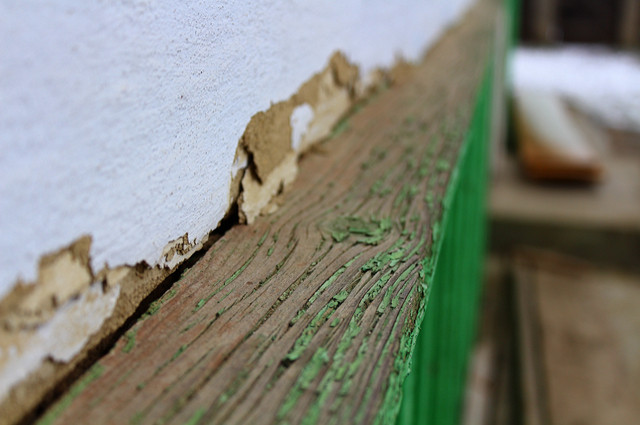A basic primer on chemical wood stripping treatments

There are two main types of chemical wood stripping treatments that are commonly used by door and furniture stripping companies like ours. These are solvent paint remover and caustic paint removers.
Solvent Paint Remover
Solvent paint remover is the most effective form of chemical wood stripping treatment for antique furniture. Hence its use in the antiques trade. It is very gentle on the wood and is able to take off all kinds of finishes.
Compared with caustic paint remover, it is more expensive. It also gets into the grain more deeper, making for a thorough stripping job. This form of chemical wood stripping does have one disadvantage: it stinks. Solvent paint remover has an overpowering smell; therefore, any restoration work needs to be done in a well-ventilated room. He or she will need personal protective equipment, especially a face mask and possibly goggles.
Caustic Paint Remover
If you need to shift thick layers of paint or varnish, caustic paint remover is the one you need. Paint stripping comes into its own with this form of chemical wood stripping treatment. Especially on pine doors, in preparation for repainting or staining.
Unlike solvent paint remover, fumes are few and far between. It is also cheaper and works faster. With some woods, its alkaline base may react with the chemicals. This is particularly true with mahogany and some varieties of oak. As well as wood, caustic paint remover works with plaster.
As with solvent paint remover, you do need personal protective equipment, especially as caustic paint removal is corrosive.
Typical Prices:
For a solvent paint remover like Barrettine Paint Panther Paint and Varnish Remover, prices start from £4.99 for 250ml. Then for 1 Litre, £12.00; 2.5 Litre for £23.00; and 4 Litre for £32.00. With caustic paint remover, there is also a suitable alternative: PeelAway 7’s Paint Remover, starting at £12.50 for 750g. Or £42.00 for 4kg, and £90.00 for 10kg.
Premium Door Stripping, 07 December 2016.



